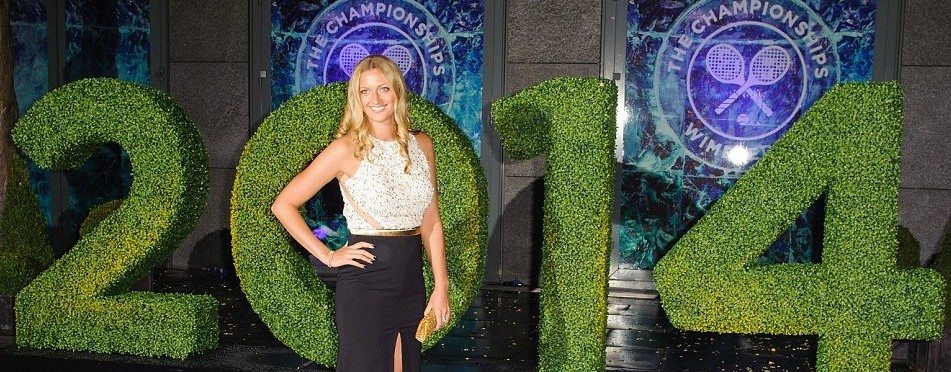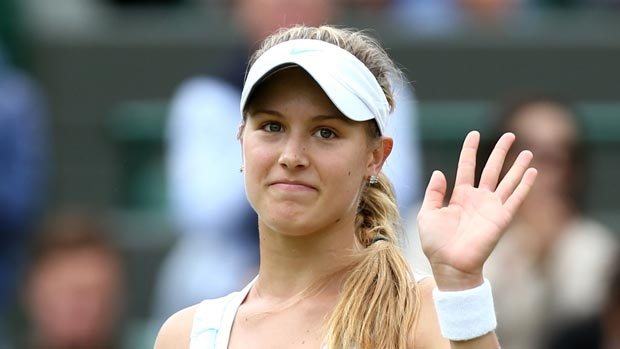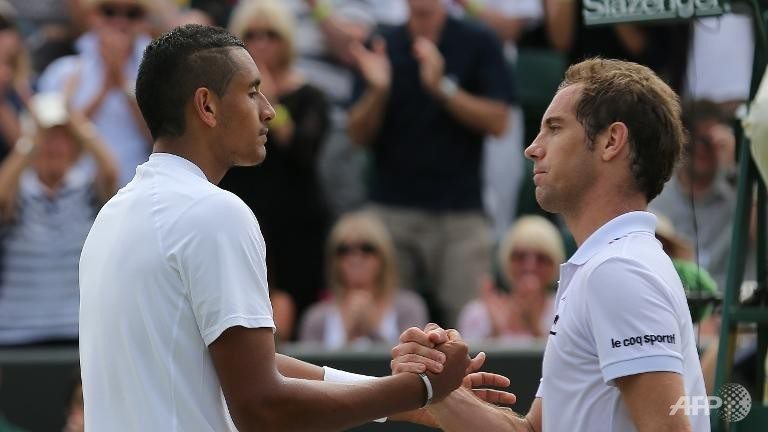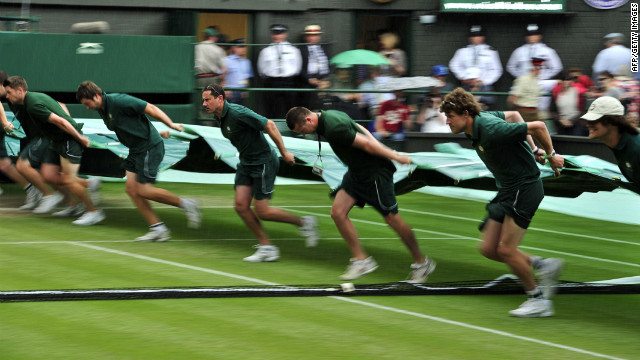A look back at Wimbledon 2014
The third Grand Slam of the season has just come to an end, with 2011 champions Novak Djokovic and Petra Kvitova reclaiming their titles in the Singles, Vasek Pospisil and Jack Sock taking home the Men’s Doubles, Sara Errani and Roberta Vinci completing a Career Slam in the Women’s Doubles, and Nenad Zimonjic and Samantha Stosur winning the Mixed Doubles. As always though, it was more than just the winners that made the competition interesting. Here are some of my personal highlights.
The Good
Youngsters Break Through
The days of teenagers winning Grand Slams seem long past, with Maria Sharapova and Rafael Nadal seeming to be the last of that breed. Both are now in their late 20s and are undoubtedly considered veterans. So, it was refreshing to see some young guns push through this year. Of the eight Singles semi-finalists, five were born in the 1990s – Grigor Dimitrov, Milos Raonic, Simona Halep, Eugenie Bouchard and Petra Kvitova. Prior to this Wimbledon, the total number of Grand Slam semi-finalists born in that decade had been the same. It was the first ever final between two players born in that decade as well. Throw in the fact that each of them enjoyed stellar match wins, alongside Nick Kyrgios’s triumph over Nadal, and it looks like we finally have the next generation of stars ready to take over, a possibility mirrored by the latest rankings. The Men’s Doubles champions are in their early 20s too, so it’s not just Singles that is looking bright.
Variety
2014 could go down as the most competitive Slam season in history
For the third straight year, the first three Grand Slams have yielded six different Singles champions. Even more exciting is the fact that, if you combine the three Doubles disciplines, there has only been one repeat champion – the Errani-Vinci duo in Women’s Doubles (Australian Open and Wimbledon). This makes for a compelling second half of the season, especially with the US Open still to go. It is difficult to predict anything so soon, especially as the North American hard court swing hasn’t even started, but 2014 could go down as the most competitive Slam season in history.
Quality
Barring a rather lop-sided Women’s Singles final, which was probably a result of nerves for debut finalist Bouchard, the matches this year were very exciting. For the first time since 2009, the Men’s Singles final went to five sets, each one decided by very narrow margins. Even the first week threw in surprisingly entertaining games. Kyrgios might be remembered for taking out Nadal, but his 10-8 fifth set against Richard Gasquet in the second round was arguably more scintillating. While there were still some problems with injuries, fatigue and rain, the fortnight made you feel great to be a fan.
The Bad
Reigning Slam Champions
It is a little concerning to see success at one event making it more difficult to do well at others
For the second straight tournament, the champion at the previous Grand Slam went out early. While Nadal and Sharapova could take some solace in knowing they did better than Australian Open winners Wawrinka and Na Li by making the second week (also better than their own 2013 results), it is a little concerning to see success at one event making it more difficult to do well at others. In the case of the clay-grass transition in July, a large part of it comes down to timing, which brings us to our next point.
Scheduling
This is two-pronged. First, there is scheduling during the tournament. For while Centre Court now has a roof, the rest of SW19 still shuts down in the event of rain and this year, the lack of match play meant that having Middle Sunday off threw up problems for some of the players. Halep played four days straight before losing her semi-final. Tsonga started the tournament by playing five days in a row. The organisers need to put pragmatism ahead of tradition, at least for the sake of the players’ health. The other issue is the rapid turnover from clay to grass. The reigning Women’s Singles champion at Roland Garros has not made it to the second week since 2007. Neither has the men’s (Rafael Nadal in all cases) since 2011. An additional week between the French Open and Wimbledon next year has already been confirmed and this should go a long way to negating the fatigue involved with changing surfaces so quickly.
Rankings Pressure
The rankings system could be changed
Players like Serena Williams and Andy Murray should not have to force their bodies to play just for ranking points. Williams was clearly struggling at SW19 this year, whilst Murray could have done with a few more months earlier in the season to recover from his back surgery. A suggestion was made a while back to make rankings a two-year system instead of one. While this is perhaps too extreme a measure, something needs to be done to prevent players from physically punishing themselves just so they don’t slip down a few spots. (For the record, Serena stayed Number 1, but Murray dropped down to 10 in the new rankings.)
The Ugly
Tabloid “Journalism”
Caroline Wozniacki was asked about an alleged online dating profile after one of her matches this year, and Halep’s semi-final loss was incorrectly labelled a win while being attributed to her breast reduction surgery by the Daily Mail. There were also some not-so-subtle remarks made about Kyrgios’s complexion in relation to his mixed-race Australian heritage. The fact that tabloids are considered newspapers is insulting enough, but that they are given press accreditation to attend matches – in lieu of foreign or even better-quality local student newspapers – is infuriating. It might be a small gripe in the grand scheme of tennis problems, but the level of sexism and racism displayed this year should be a wake-up call for the sports journalist community.





Comments